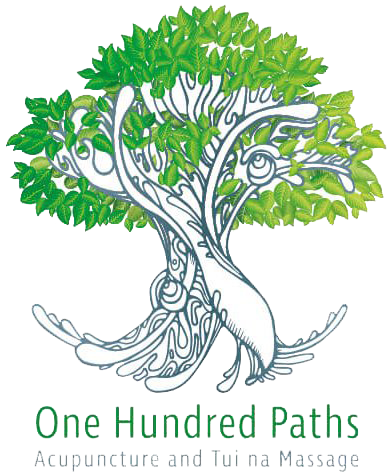NEWS
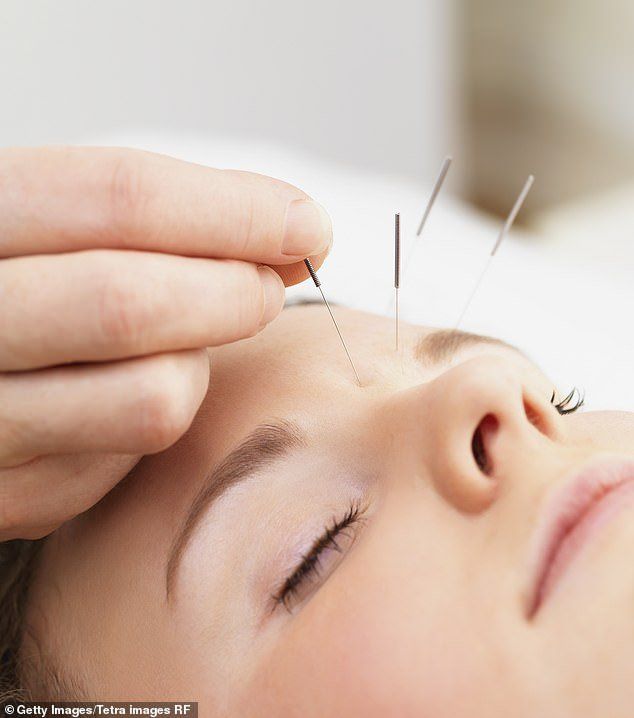
Migraine headaches currently affect more than one billion people across the globe and are the second-leading cause of disability worldwide. Nearly one-quarter of U.S. households have at least one member who suffers from migraines. An estimated 85.6 million workdays are lost as a result of migraine headaches each year.
Yet many who suffer with migraine dismiss their pain as simply a bad headache. Rather than seeking medical care, the condition often goes undiagnosed , even when other incapacitating symptoms occur alongside the pain, including light and sound sensitivity, nausea, vomiting and dizziness.
Researchers have discovered that genetics and environmental factors play a role in the condition of migraine. They happen when changes in your brainstem activate the trigeminal nerve , which is a major nerve in the pain pathway. This cues your body to release inflammatory substances such as CGRP , short for calcitonin gene-related peptide. This molecule, and others, can cause blood vessels to swell, producing pain and inflammation.
For some, medication has its limits
A migraine can be debilitating. Those who are experiencing one are often curled up in a dark room accompanied by only their pain. Attacks can last for days; life is put on hold. The sensitivity to light and sound, coupled with the unpredictability of the disease, causes many to forego work, school, social gatherings and time with family.
Numerous prescription medications are available for both the prevention and treatment of migraine. But for many people, conventional treatment has its limitations. Some people with migraine have a poor tolerance for certain medications. Many can’t afford the high cost of the medicines or endure the side effects. Others are pregnant or breastfeeding and can’t take the medications.
However, as a board-certified neurologist who specializes in headache medicine, I’m always amazed at how open-minded and enthusiastic patients become when I discuss alternative options.
Published on theconversation.com, published: July 11, 2022 1.29pm BSTAccess the article here: https://theconversation.com/migraine-sufferers-have-treatment-choices-a-neurologist-explains-options...
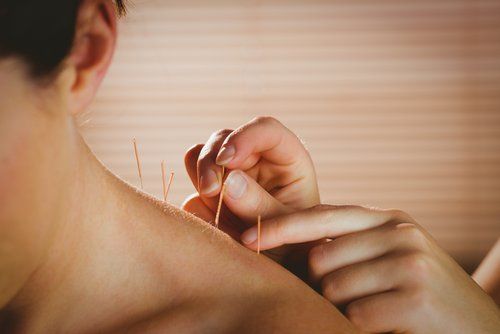
Physiotherapists are increasingly offering needling therapies in addition to their standard care. Many Australian physiotherapists in private practice now offer dry needling or Western medical acupuncture as part of a treatment approach.
Is it just a fad or does science support it?
Article published on theconversation.com, published: June 27, 2022 4.47am BST
Access the article here: https://theconversation.com/physio-dry-needling-and-acupuncture-whats-the-difference-and-what-does-t...
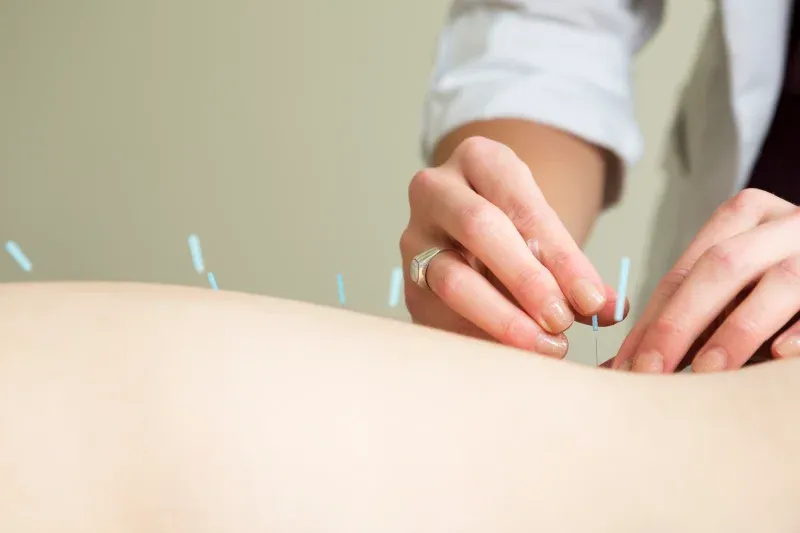
From time.com, April 29, 2022.
Access the article here: https://time.com/6171247/acupuncture-health-benefits-research/

Medical Dialogues 23 March 2021

Normally when people get their butt out on Instagram, it’s to showcase their hot new underwear range. Not so for Dwayne Johnson: last month he bared all to praise the ‘quiet healing’ power of acupuncture. His devotion is one shared by Lizzie McManus, founder of ethical business consultants Warrior. Despite her scepticism, she decided to visit an acupuncturist in 2019 to see if they could ease the back pain that had prevented her sleeping or moving properly for two years. ‘I was living on medication for it but it wasn’t working and I was so miserable,’ says Lizzie. ‘It was a masseuse who suggested acupuncture. It really was a last resort for me and I didn’t actually expect it to work but it made a massive difference within just a few sessions. ‘The acupuncturist explained that your body can harbour emotions and I realised the pain started when I lost two grandparents in two months. I’m now living pain-free 99 per cent of the time and feel so much happier and more energetic.’
From The Metro, 25 March 2021Twitter: https://twitter.com/MetroUK | Facebook: https://www.facebook.com/MetroUK/

Appointments for medical reasons are permitted and I continue to adhere to the guidance from the British Acupuncture Council and have implemented a range of COVID secure measures to protect clients and myself in the treatment space.
These include:
- Wearing PPE, including FFP2 face masks and eye goggles for me and face masks for all clients, unless medical exemptions apply
- appropriate spacing of appointments
- hands free hand sanitiser dispenser in the entrance
- thorough cleaning with antiviral products
- use of medical grade UVC light to clean the room between clients and at the end of clinic
Thanks
Steph

Appointments for health reasons are permitted and I continue to adhere to the guidance from the British Acupuncture Council and have implemented a range of COVID secure measures to protect clients and myself in the treatment space.
Thanks
Steph

Published on Medscape.com, March 27, 2020.
More evidence points to acupuncture's significant benefit as a migraine treatment.
Results of a randomized single-blind study show participants receiving acupuncture experienced about two fewer headache days per month and fewer migraine attacks than those who received sham or usual care (UC).
In addition, the therapeutic effect occurred earlier and was larger in patients receiving manual acupuncture. These patients also had better quality of life and sleep quality scores.
Dr Wei Wang
When discussing prophylactic treatment strategies for migraine, clinicians should present acupuncture as an option, study investigator Wei Wang, MD, PhD, professor, Department of Neurology, Tongji Hospital and Medical College, Huazhong University of Science and Technology, Wuhan, China, told Medscape Medical News.
This is especially important for patients "who don't respond well to drug treatment, can't tolerate the adverse effects of drugs, or have contraindications," Wang said .
The findings were published online March 25 in the BMJ.
Heavy Toll
Migraine affects at least 10% to 20% of the population worldwide and is responsible for considerable economic and social losses.
The current study included 147 mostly female patients (mean age, 37 years) who were recruited from seven centers in China from June 2016 to November 2018. The participants had experienced episodic migraine without aura for at least a year and had received acupuncture.
It was important that the participants be "acupuncture naïve" to help ensure successful masking of the sham group, Wang said.
At baseline, the mean number of migraine days per month was 5.97 and the mean number of migraine attacks per month was 3.93. Patients were randomly assigned to receive manual acupuncture, sham acupuncture, or UC.
Wang said proper and effective manipulation of needles during manual acupuncture is important to induce "de-qi" feelings, a combination of bodily sensations induced by the needling. The intensity of these feelings plays a key role in the analgesic effects of manual acupuncture.
Another important element of manual acupuncture is selection of appropriate acupoints, he added.
Previous acupuncture studies have used penetrating-sham acupuncture as a control. This typically involves needling at nonacupuncture points, needling irrelevant acupuncture points, or superficial needling, Wang said.
This approach could still produce a physiological effect "in part due to the activation of the pain-inhibiting system in the spinal cord and diffuse noxious inhibitory controls," he noted.
In the current study, trained and experienced acupuncturists used nonpenetrating placebo needles with a blunt tip at nonacupuncture points. Patients in this control group felt a pricking sensation; but instead of puncturing the skin, the needles retracted up into the shaft.
This approach, said Wang, avoided segmental analgesia and minimized any physiological effect in the sham group.
Earlier, Larger, Longer Effects
As much as possible, the timing and patterns of treatment were the same for the manual and sham acupuncture groups.
All participants received usual care, which included information on lifestyle changes and migraine self-management. Those randomly assigned to the UC group received acupuncture after waiting 24 weeks.
After a 4-week assessment period, all patients received 20 sessions of 30-minute acupuncture treatment or UC over 8 weeks, followed by 12 weeks of follow-up, for a total trial period of 24 weeks. About 98% of those enrolled completed the study.
Main outcomes were change in the mean number of migraine days and migraine attacks per 4-week cycle during weeks 1 to 20 after randomization compared with baseline.
Compared with participants receiving sham acupuncture, those receiving manual acupuncture had a significantly greater reduction in migraine days during weeks 13 to 20, with a group difference of -1.4 days (95% confidence interval [CI], -2.4 to -0.3; P = .005) at weeks 13 to 16 and -2.1 days (95% CI, -2.9 to -1.2; P < .001) at weeks 17 to 20.
The manual acupuncture group also had a significantly greater reduction in migraine attacks vs the sham group at weeks 17 to 20, with a group difference of -1.0 attacks (95% CI, -1.5 to -0.5; P < .001).
"Overall, the therapeutic effects in the manual acupuncture group occurred earlier, were larger, and might last longer," the investigators write.
Better than Prophylactic Meds?
Wang noted that the difference in reduced migraine days between manual and sham acupuncture was larger than that seen in studies of prophylactic drugs, such as monthly subcutaneous injections of fremanezumab (-1.5 days per month vs placebo) or galcanezumab (about -1.1 days vs placebo).
Sham acupuncture in the current study resulted in a significantly greater reduction in migraine attacks during weeks 5 to 20 compared with UC.
A secondary outcome was the proportion of patients achieving at least a 50% reduction in mean number of migraine days. Such responder rates were significantly higher in the manual acupuncture group than in the two control groups during weeks 17 to 20.
In addition, all subscales of the Migraine-Specific Quality-of-Life Questionnaire were improved significantly more in the manual acupuncture group at weeks 20 vs the two control groups.
Total scores on the Pittsburgh Sleep Quality Index and Migraine Disability Assessment Score were significantly lower in the manual acupuncture group than in the usual care group at week 20.
Although the study didn't directly explore what difference in migraine reduction between actual acupuncture and sham acupuncture would be clinically important, improvements in these secondary outcomes imply that patients would notice the change, Wang said.
There was no significant difference in the mean dose of rescue medication or in Beck Anxiety Inventory and Beck Depression Inventory II scores among the three groups at week 20.
Multiple Mechanisms
Acupuncture's mechanism of action in relieving migraine is unclear, but "multiple mechanisms could contribute," Wang said.
One possibility is that acupuncture blocks central processing of pain through alternative stimulation, similar to transcutaneous electrical nerve stimulation and other nonpharmacologic pain treatments.
"Pain-sensitive structures in the head and neck connect with cells in the spinal cord, thalamus, and cortex. These same cells also receive input from the limbs, including from established acupuncture points. This convergence might explain acupuncture's effects," said Wang.
Acupuncture also activates the limbic system, which is important in emotional responses, and releases endorphin, a transmitter that potentially reduces pain, said Wang.
Asked if 20 acupuncture sessions over 8 weeks is sufficient to assess the efficacy of manual acupuncture, Wang said it is "long enough" according to Chinese acupuncture experts.
"Longer treatment might increase efficacy, but it might reduce patient compliance," he noted. However, because migraine is a highly recurrent disease, "a considerable number of patients" are likely to require repeated acupuncture treatment.
Future trials with longer follow-up periods will be needed to assess how long the effects of acupuncture last, he added.
At the end of the study, there was no significant difference between the manual and sham acupuncture groups in correctly guessing their allocation.
In the manual group, 8% of patients reported at least one acupuncture-related adverse event (AE) compared with no patients in the sham acupuncture group. One patient withdrew from the study because of an AE, but no patients in either acupuncture group reported a severe AE.
A study limitation was that it didn't include an additional group of patients who took a prophylactic drug. That would have enabled a head-to-head comparison between acupuncture and such a drug, but would have meant a larger sample size and been more difficult to conduct, Wang said.
Encouraging Findings
Commenting on the findings for Medscape Medical News, W. Clay Jackson, MD, chief of palliative medicine, West Cancer Center, Memphis, Tennessee and past president of the Academy of Integrative Pain Management (AIPM), said the study provides useful information about acupuncture in migraine.
Although it was a relatively small study, "you did see the active intervention separate from the sham placebo," said Jackson, who was not involved with the research.
An ongoing concern in acupuncture studies has been the ability of patients to differentiate sham from actual acupuncture, but patients in this new study couldn't perceive the difference, Jackson noted.
"The new results are very encouraging from a statistical standpoint and a study design standpoint," he said. "This is probably one of the better studies I've seen in terms of multiple sites and the statistically significant separation between the real acupuncture and the sham acupuncture."
In addition, the results suggest that manual acupuncture is more effective than previous migraine preventive therapies, Jackson said, adding that acupuncture might come out on top in terms of cost–benefit analysis because some migraine drugs can be quite costly.
If manual acupuncture works, "it will be a useful tool in the armamentarium of an integrative practitioner," Jackson said.
In an accompanying editorial, Heather Angus-Leppan, MD, consultant neurologist, Royal Free London NHS Foundation Trust, United Kingdom, said the study provides a solid evidence base for acupuncture, which is "often dismissed" as an unproven complementary therapy.
"Given that almost 90% of people with frequent migraine have no effective preventive treatment, acupuncture provides a useful additional tool in our therapeutic armour," Angus-Leppan writes.
She agrees that a strength of this study is the successful masking of the sham procedure. However, the effects of acupuncture, shown with 2.1 fewer migraine days per month, were modest and "it is difficult for clinicians to know whether this level of benefit would be noticeable to patients."
Angus-Leppan also notes that the study period of 20 weeks was "relatively short" and that it's not known "whether acupuncture resets sensory pathways for a sustained improvement or whether it must be repeated to maintain its effects."
The study was funded by grants from the National Natural Science Foundation of China and the Hubei University of Chinese Medicine/Hubei Provincial Collaborative Innovation Center of Preventive Treatment by Acupuncture and Moxibustion. Wang and Jackson have disclosed no relevant financial relationships. Editorialist Angus-Leppan reports that her salary is partly funded by the National Institute for Health Research (NIHR), that she serves on the advisory board of the Medicines and Healthcare products Regulatory Agency, was on the Sanofi women and epilepsy education board 2018, and has received nonpharmacologic research grants from Eisai, Royal Free Charity, Epilepsy Action, and NIHR.
BMJ. Published online March 25, 2020. Full text , Editorial
For more Medscape Neurology news, join us on Facebook and Twitter
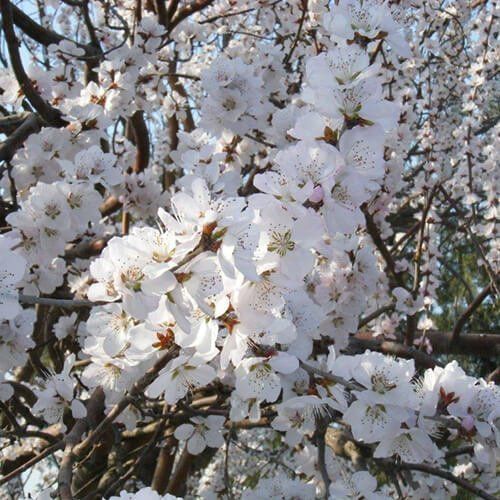
After taking steps to ensure my clinics are COVID-19 secure, they will reopen from 27th July 2020.
My clinics closed as of 23rd March 2020 until further notice. This decision was made in the light of the current coronavirus (COVID-19) outbreak and UK government advice.
I am committed to providing a safe and healthy environment for all of my clients. The health and well-being of my clients is my number one priority during this difficult time. I look forward to welcoming clients back as soon as possible for acupuncture and Tui na massage treatment. Kind Regards Steph

- Samantha Fletcher had her first migraine aged 13 and described it as 'terrifying'
- Migraine is thought to be caused by changes to nerves, chemicals, blood vessels in brain
- In 2018 Samantha turned to the Migraine Trust where they listed acupuncture
Click hereto read the full article published in the Daily Mail, 14 January 2020.

